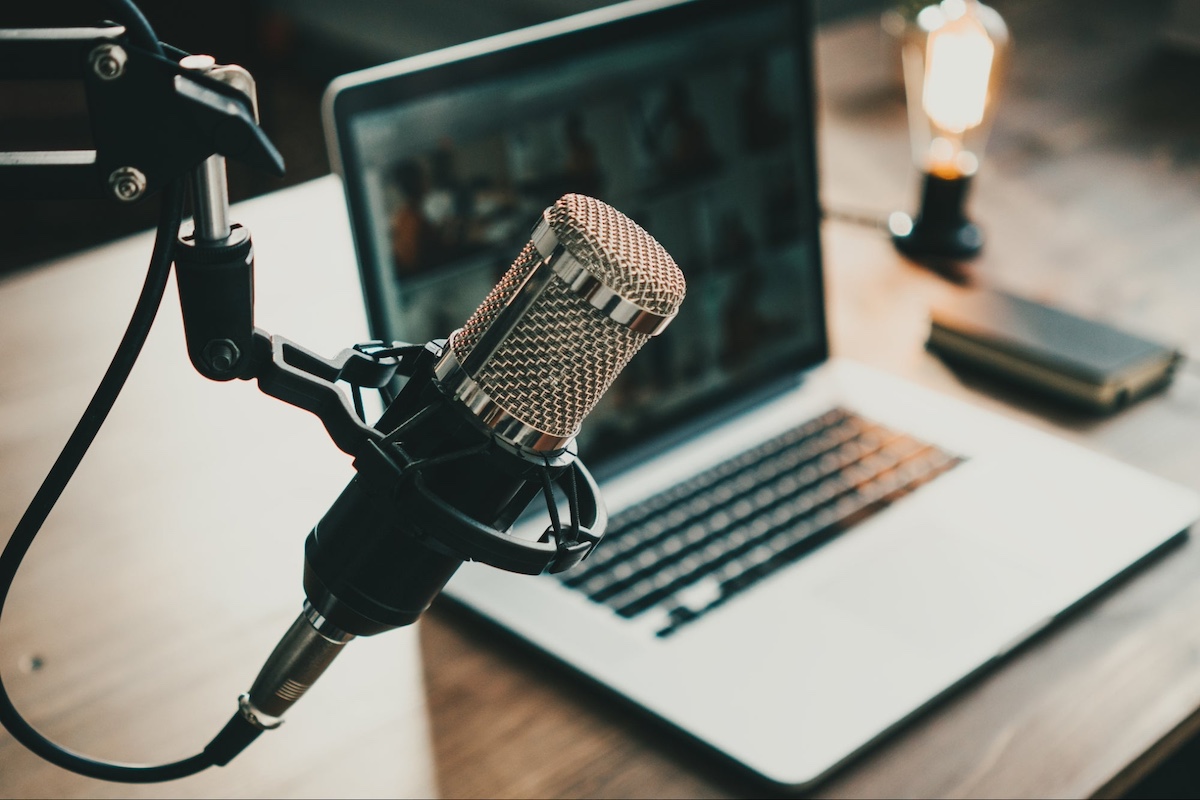Choosing the Right Microphone for Your Podcast
Selecting the right microphone is crucial for producing high-quality podcast audio. Whether you're a beginner podcaster setting up your first recording space or an experienced producer looking to upgrade equipment, understanding the different types of microphones, their features, and how they impact sound quality is essential. In this comprehensive guide, we'll explore everything you need to know about choosing the right microphone for your podcast.
Why Choosing the Right Microphone Matters
The microphone you choose directly affects the clarity, warmth, and overall professional quality of your podcast's audio. Factors such as microphone type, polar pattern, frequency response, and connectivity options play significant roles in capturing clear vocals, reducing background noise, and enhancing listener engagement. Investing in a suitable microphone tailored to your podcasting needs can elevate the production value and listener experience of your episodes.
Types of Microphones for Podcasting
1. Dynamic Microphones
- Usage: Ideal for recording vocals and interviews in environments with ambient noise or where sound isolation is a concern.
- Characteristics: Robust build, excellent off-axis rejection (minimizing background noise), and durability make them suitable for versatile podcasting applications.
- Examples: Shure SM7B, Electro-Voice RE20, Audio-Technica ATR2100x-USB.
2. Condenser Microphones
- Usage: Preferred for studio environments or controlled recording spaces where capturing detailed vocal nuances and clarity is crucial.
- Characteristics: Sensitive to sound, wide frequency response range, and deliver natural-sounding vocals with high sensitivity and accuracy.
- Examples: Rode NT1-A, AKG C214, Audio-Technica AT2020.
3. USB Microphones
- Usage: Designed for plug-and-play convenience, ideal for beginner podcasters or those recording in non-studio settings.
- Characteristics: Direct connectivity to computers via USB, built-in preamps, and simplified setup without requiring additional audio interfaces.
- Examples: Blue Yeti USB Microphone, Audio-Technica ATR2500-USB, Rode NT-USB Mini.
4. Shotgun Microphones
- Usage: Suited for recording in controlled environments, outdoor settings, or capturing focused audio from a distance.
- Characteristics: Narrow polar pattern, directional pickup, and extended reach make them suitable for interviews, field recordings, or specific sound capture needs.
- Examples: Rode NTG3, Sennheiser MKH 416, Audio-Technica AT875R.
Factors to Consider When Choosing a Microphone
1. Polar Pattern
- Cardioid: Ideal for solo podcasters or situations where you want to focus on capturing sound from the front and minimizing background noise.
- Omnidirectional: Captures sound from all directions, suitable for roundtable discussions, multi-person interviews, or capturing ambient sounds.
- Bidirectional (Figure-8): Picks up sound from the front and back, useful for interviews conducted face-to-face or recording duets.
2. Frequency Response
- Flat Response: Captures sound evenly across the frequency spectrum, ideal for capturing natural vocals and instruments without coloration.
- Presence Boost: Enhances vocal clarity and articulation in the mid to high frequencies, suitable for podcasters aiming for a more detailed and crisp sound.
3. Connectivity and Compatibility
- XLR: Requires an audio interface or mixer for connection, offering professional audio quality, flexibility in preamp selection, and compatibility with studio setups.
- USB: Direct connection to computers or mobile devices, convenient for beginners or podcasters recording in portable or non-studio environments.
4. Budget and Longevity
- Entry-Level Options: Affordable USB microphones provide good quality for beginners or those with budget constraints.
- Mid-Range to Professional: Invest in XLR microphones paired with quality audio interfaces for superior sound quality, durability, and long-term use.
Steps to Choosing the Right Microphone
1. Assess Your Recording Environment
- Studio Setup: Consider acoustic treatment, ambient noise levels, and recording space constraints to determine microphone type and features needed.
- Portable Setup: Evaluate portability, ease of setup, and connectivity options (USB vs. XLR) suitable for on-the-go or remote recording scenarios.
2. Identify Your Podcasting Needs
- Solo vs. Group Podcasts: Determine if you'll be recording solo, interviewing guests, or conducting roundtable discussions to choose the appropriate microphone polar pattern.
- Sound Quality Requirements: Define your desired audio quality, considering vocal clarity, background noise reduction, and overall sound warmth or presence.
3. Research and Compare Microphone Options
- Read Reviews: Research microphone reviews, user testimonials, and professional recommendations to gather insights into performance, durability, and suitability for podcasting.
- Compare Specifications: Compare technical specifications such as frequency response, polar patterns, connectivity options, and included accessories to make an informed decision.
4. Test and Evaluate Microphones
- Demo Recordings: Whenever possible, test different microphones in your intended recording environment to assess sound quality, comfort, and ease of use.
- Seek Expert Advice: Consult with audio professionals, podcasting communities, or industry experts for personalized recommendations based on your specific podcasting goals and needs.
Selecting the right microphone is a pivotal decision that directly impacts the audio quality and overall success of your podcast. By understanding microphone types, features, and considering your recording environment and podcasting goals, you can make an informed choice that enhances your podcast's professionalism, listener engagement, and production value. Whether you opt for a dynamic microphone for versatility, a condenser microphone for studio-quality vocals, or a USB microphone for plug-and-play convenience, invest in a microphone that aligns with your podcasting aspirations and delivers exceptional sound performance.






































